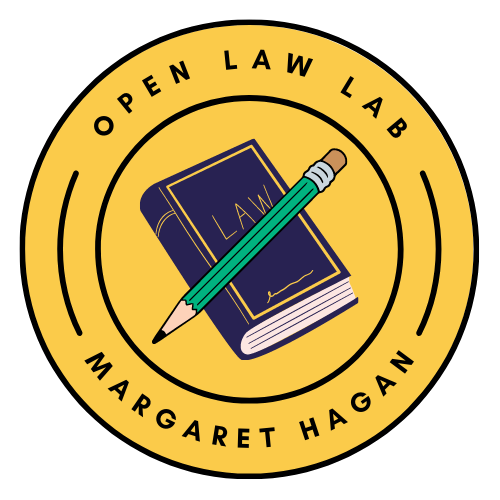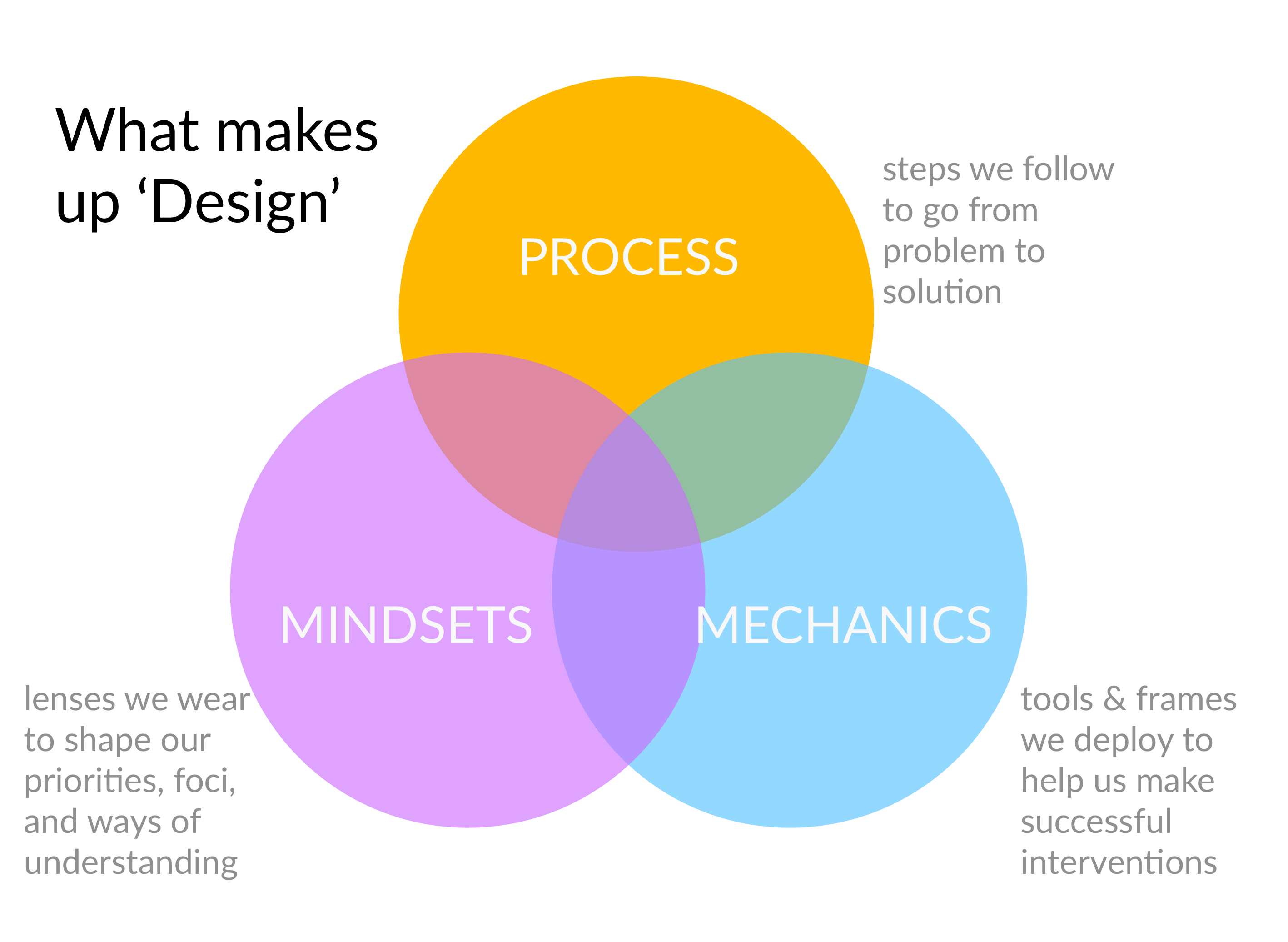
One of my current projects is assembling together a Legal Design toolbox for legal professionals to integrate design into their practice.
A cluster of these tools are those that help a lawyer or law students deliver better support to their clients. This is the challenge of the designer, and it is also the challenge of the lawyer.
The goal then is not to focus on the single product that will ‘solve a client’s problem’. It is on understanding the full experience of the user — before the problem, during the problem, and after the problem.
The legal designer can use a User Journey Map to scope out this experience. It helps the lawyer/designer understand the user’s full experience in the problem-space.
Looking at the map, it becomes clear that a professional can deliver a fuller set of services than a single transaction or product. Mapping the client’s journey lets the lawyer/designer see where failpoints could be — where the client may feel unsupported, confused, or get off track. These are spaces for opportunity to innovate new services & products, and also points to improve the relationship between the lawyer & client.
This design process tool can be useful when a legal professional is trying to develop a new product — finding an area along the user’s journey through a legal problem where they are not served, or served badly. These are the areas for new products to intervene & make new types of legal services.




